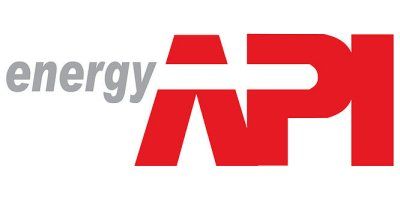

American Petroleum Institute (API) books
This International Standard specifies the requirements and gives recommendations for the procedures and design criteria used for calculating the required wall thickness of new tubes for petroleum refinery heaters. These procedures are appropriate for designing tubes for service in both corrosive and non-corrosive applications. These procedures have been developed specifically for the design of refinery and related process fired heater tubes (direct-fired, heat-absorbing tubes within enclosure
This International Standard specifies the requirements for couplings for the transmission of power between the rotating shafts of two machines in special-purpose applications in the petroleum, petrochemical and natural gas industries. Such applications are typically in large and/or high speed machines, in services that can be required to operate continuously for extended periods, are often unspared and are critical to the continued operation of the installation. By agreement, it can be used f
This standard covers the minimum requirements for form-wound and bar-wound brushless synchronous machines for use in petroleum, chemical and other industrial applications. This standard includes synchronous motors and generators with two different rotor designs:
salient-pole type rotors with solid or laminated poles;
cylindrical type rotors with solid or laminated construction.
NOTE 1 A round bullet ( • ) at the beginning of a paragraph indic
This recommended practice provides guidelines for the selection and/or evaluation of burners installed in fired heaters in general refinery services. Details of fired heater and related equipment designs are considered only where they interact with the burner selection. This recommended practice does not provide rules for design but indicates areas that need attention. It offers information and descriptions of burner types available to the designer/user for purposes of selecting the appropria
This International Standard is applicable to pressure-relieving and vapour-depressuring systems. Although intended for use primarily in oil refineries, it is also applicable to petrochemical facilities, gas plants, liquefied natural gas (LNG) facilities and oil and gas production facilities. The information provided is designed to aid in the selection of the system that is most appropriate for the risks and circumstances involved in various installations. This International Standard is intend
